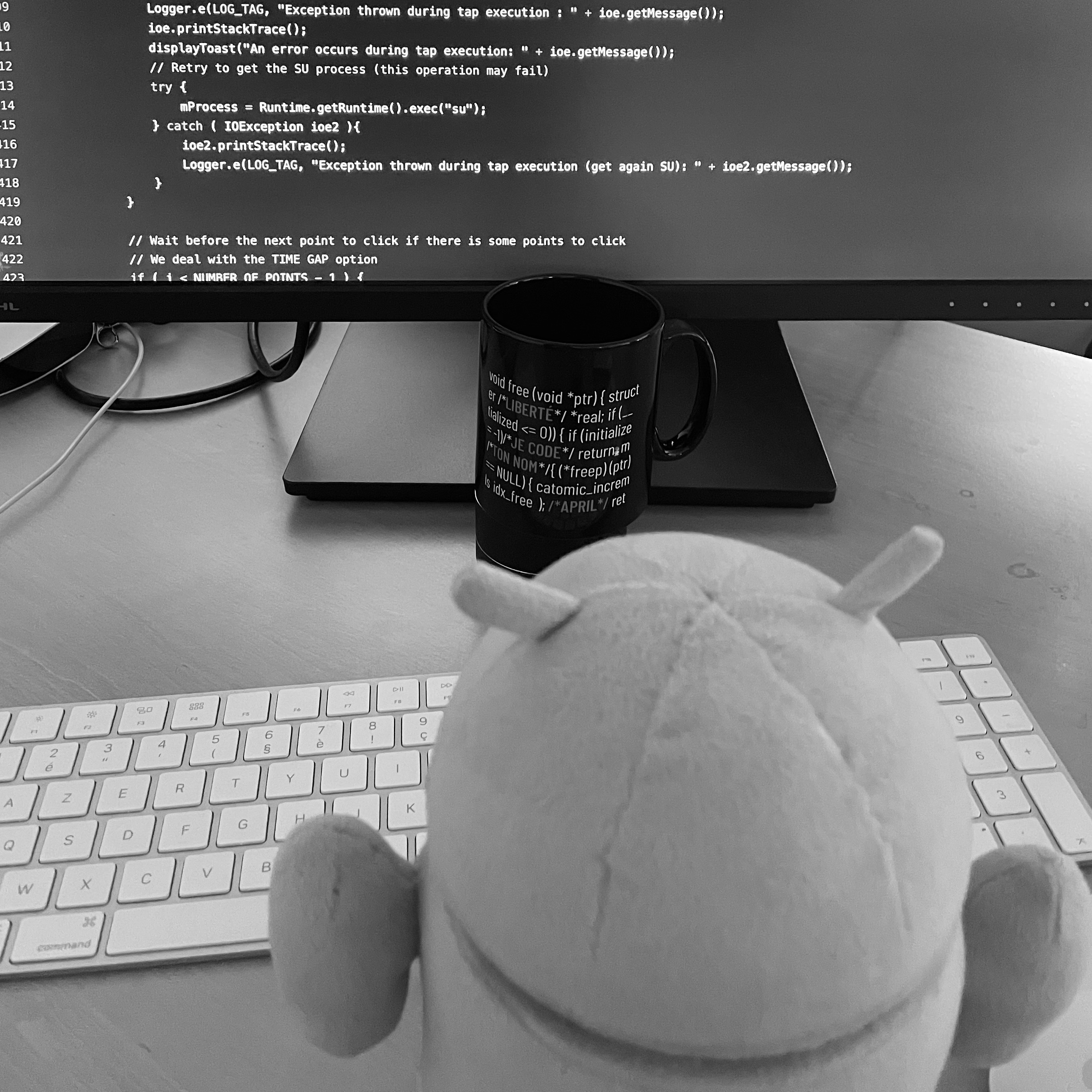

3·
4 months agoInteresting. Thank you for sharing, didn’t know openhub!
Software crafter and digital punker keen on open source, iOS and Android apps. Interested in software ecodesign, privacy and accessibility too. pylapersonne.info


Interesting. Thank you for sharing, didn’t know openhub!


Why did you say Write Freely seems to be dead? According to their GitHub organisation repositories, the backend has a release tagged 4 months ago and the iOS app 3 months ago.
That is the reason why some developers are “full stack”. All computers are stacked 🤪